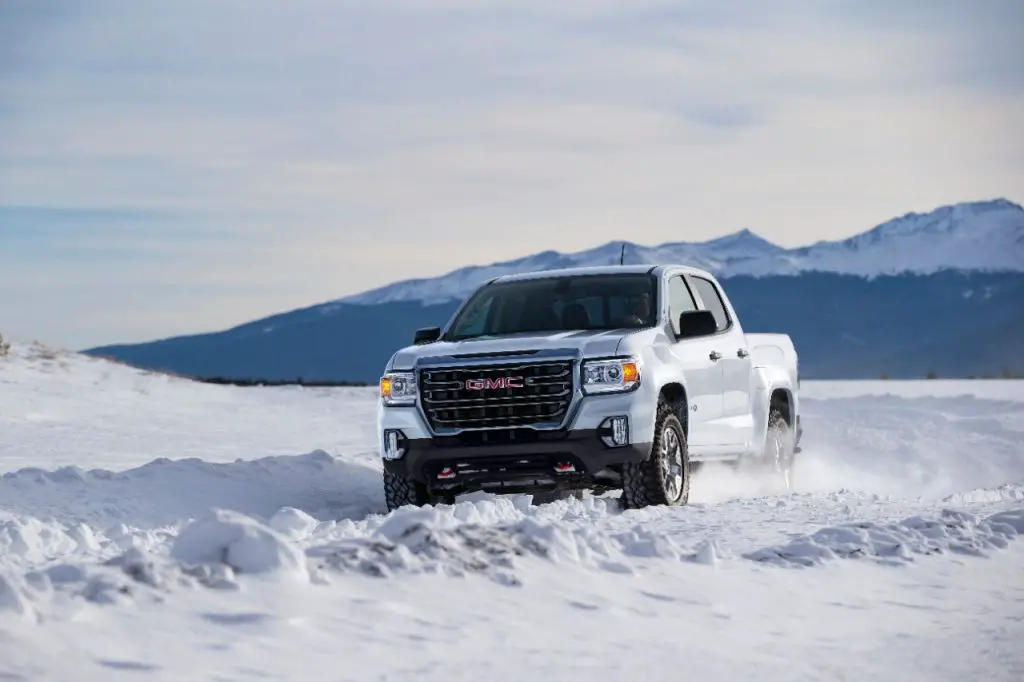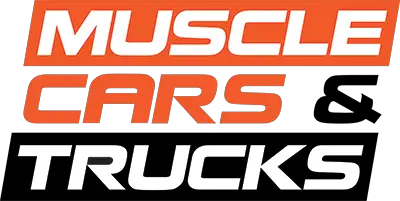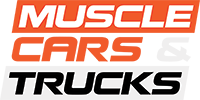Once General Motors gives the green light to restart production at its North American manufacturing plants, the slightly refreshed 2021 Chevrolet Colorado and 2021 GMC Canyon will be on their way to dealers. This mild makeover, which primarily consists of fascia changes and trim level adjustments, will see out the lifecycle of these midsize pickup trucks for a few more years. By 2023, we will see new versions of the Colorado and Canyon. And we’d like to pass along a key detail.
Here’s what you won’t find anywhere else (until others copy it): the next-generation Chevrolet Colorado and GMC Canyon will ditch both the 2.8L Duramax diesel and 3.6L LGZ V6 engines when they hit the market in the 2023 timeframe. In their place will be a single power unit: a 2.7L turbo four that’s currently found in the larger Chevrolet Silverado and GMC Sierra. A 10-speed automatic transmission will be the only method of shifting gears. The base 2.5L inline four cylinder engine is also going away.
In the full-sized Sierra and Silverado, the 2.7L L3B engine pushes out 310 horsepower and 348 lb-ft of torque. If these same numbers are applied to the next-generation Chevrolet Colorado and GMC Canyon, they would out-muscle the Ford Ranger and its 2.3L EcoBoost engine by 40 horsepower, and 38 lb-ft of torque.

What does this mean for diesel truck enthusiasts? It means, if you want one, you better get one soon. The little Duramax is not coming back, whether it’s because General Motors is reducing its manufacturing footprint globally, or because the engine was not up to par with customer standards. Both reasons hold weight.
Despite being the only diesel engine offering in the USA’s midsize truck segment, the 2.8L Duramax is painfully slow off the line. Various tests conclude that 0-60 acceleration in a Chevrolet Colorado diesel needs nearly 10 seconds, roughly three seconds slower than the gasser V6. And at highway speeds, passing power is more of an idea than a reality. These sort of characteristics are likely to turn off customers, who otherwise have to pay a premium for the option. For unknown reasons, the Duramax engine was only available on crew cab configurations, and pricing varies based on the trim level its bundled with, but difference between gas and diesel ranges between roughly $3,500 and $5,500 in GM’s midsize trucks.
Even though it’s slow, the 2.8L LWN Duramax diesel engine is one of the cleanest diesel truck engines ever produced by General Motors, and meets some of the toughest US emissions standards, thanks in part to a cooled Exhaust Gas Recirculation (EGR) system. Its only location of manufacture is a GM plant in Rayong, Thailand alongside a 2.5L variant used in the global Chevrolet Colorado. The LWN produces 186 hp and 369 lb-ft of torque. It’s otherwise available in GM vans, which are also built in Wentzville, MO alongside the GM midsize truck twins.

However, the automaker has been on an aggressive restructuring agenda to shore up cash, leading to the decision of closing operations in Thailand. Not long ago, this market was the epicenter for GM’s midsize truck development, spearheading the development of the global Chevrolet Colorado pickup, which laid the foundations for the North American-spec version and its GMC Canyon sibling. Earlier this year, GM has signed a binding agreement with Chinese company Great Wall Motors to sell its plant in Rayong, and will effectively shut the door on GM’s small Duramax engine production in the near future.
MC&T is the first to report that GM will not be moving production of the LWN Duramax diesel to another plant, and this is reflected by its absence in the product plans of the next-generation 2023 Chevrolet Colorado and GMC Canyon. As also first reported here, the new midsize pickup truck siblings will ride on a massaged architecture of the current-generation 31XX platform, dubbed 31XX-2. A more ambitious “32XX” platform was canceled in 2018, as was a GMC SUV program based on that platform.
As mentioned previously, the 3.6L LGZ V6 isn’t going to be found in the next-generation Chevrolet Colorado or GMC Canyon. Nor will any atmospheric engine. Nor are there plans to have any engine with six cylinders at the time of this writing. If you ask us, this car engine never really made sense in GM’s midsize trucks, as its sheepish torque figure (275 lb-ft) and high-rpm horsepower band (308 hp) was ill-suited for work such as towing. To solve this problem, aftermarket companies such as Lingenfelter, Callaway and Mallett have begun to offer supercharger programs for the LGZ, which bumps output to roughly 450 horsepower or more.
It’s in our opinion that the small-block 4.3L V6 LV3 engine that serves as the base motor for the Silverado and Sierra would have been a perfect fit for GM’s midsize trucks. At 285 hp at 5,300 rpm and 305 lb-ft of torque at 3,900 rpm, the pushrod 4.3L V6 features more horsepower than the endangered 2.8L diesel, and more torque than the LGZ V6. Yet, it’s solely available in the 2020 Chevrolet Silverado and GMC Sierra 1500 work trucks, and this motor is likely on borrowed time, as well.
GM has already committed $1.5 billion to build its next-generation mid-size trucks in Missouri, but didn’t officially provide further details on them. But that’s why we’re here.
Be sure to follow Muscle Cars & Trucks for the latest GM truck news, as well as Chevrolet Colorado news and GMC Canyon news that you won’t find anywhere else.







It’s in our opinion that the small-block 4.3L V6 LV3 engine that serves as the base motor for the Silverado and Sierra would have been a perfect fit for GM’s midsize trucks.
I strongly agree. Update it, add cubes. Option a BSG for those that want a bit extra mpg. Could also be burn-out friendly for a base Camaro7.
GM must be afraid of the foreign fan media. Or they’ve hired too many snobbish engineers.
I think it is the snobbish CEO and engineers
I believe this engine move is a great one , I just wish that GM would make the move sooner on the gas engines and start next year with 2.7 !
The 2.8L diesel is also manufactured in Brazil. Why wouldn’t GM just import from there? Loss of Rayong doesn’t mean no 2.8L diesel IMO.
On the other hand, I think the 2.7L turbo would be a blast. Lighter and more efficient than the current V6 and an upgrade to the 10-speed gets away from the troubled 8-speed….with additional efficiency and performance. In fact, the outdated V6/8 speed combo is more or less what kept me from buying a Colorado last year.
I think it’s just the local market Chevrolet Colorado that’s built in Brazil, but not the engine. I can’t find anything that says otherwise. The South American market as a whole is also a massive liability for GM, despite its dominating market share. The region’s turbulent geopolitical issues, currency swings and otherwise unstable market environment makes the region impossibly hard to turn a profit for GM. This volatility is also a reason that killed the 32XX platform – development was going to be led by Brazil: https://www.musclecarsandtrucks.com/new-chevrolet-colorado-gmc-canyon-arriving-after-2023-on-updated-platform/
If that’s the case, why dump Thailand, and why not stop the bleeding at Holden? Non-N.Am. Colorado from there. Boil Holden down to: that and a shared(imported) rwd based Commodore. Drop fwd Holdens, and go for a more urban chic image, with a switch to Buick. Also take those to UK, S. Afr., Ireland, even Japan. Basically a Holden/Buick combo for rhd nations.
They did stop the bleeding at Holden. GM is exiting that market, and that RWD Commodore hasn’t been made for a couple years now. That whole ship has sailed a while ago.
I currently own 2015 Chevy Colorado ( great truck) It has 3.6 V6 It is a long bed Crew cab and I bought it with a HD trailer towing package , Then I purchase a 22 Ft travel trailer ,It weight is about 4400 pounds , Even dough I have the 7000 towing package , My tuck with 4 passengers struggled going up and down small rises , On the straight flat High way it was just moderate ! So to make a long story short ,I wish my Colorado had the 4.3 V6 small block ! I might have to go up to a Silverado 1500 with 5.3 !
Without a V6 OR a V8 option, count me out. A gutsy 4 banger would work for a smaller truck- Ranger or S-10 size for example- but in this size and price range, I want more motor, even if I never drag anything behind it.